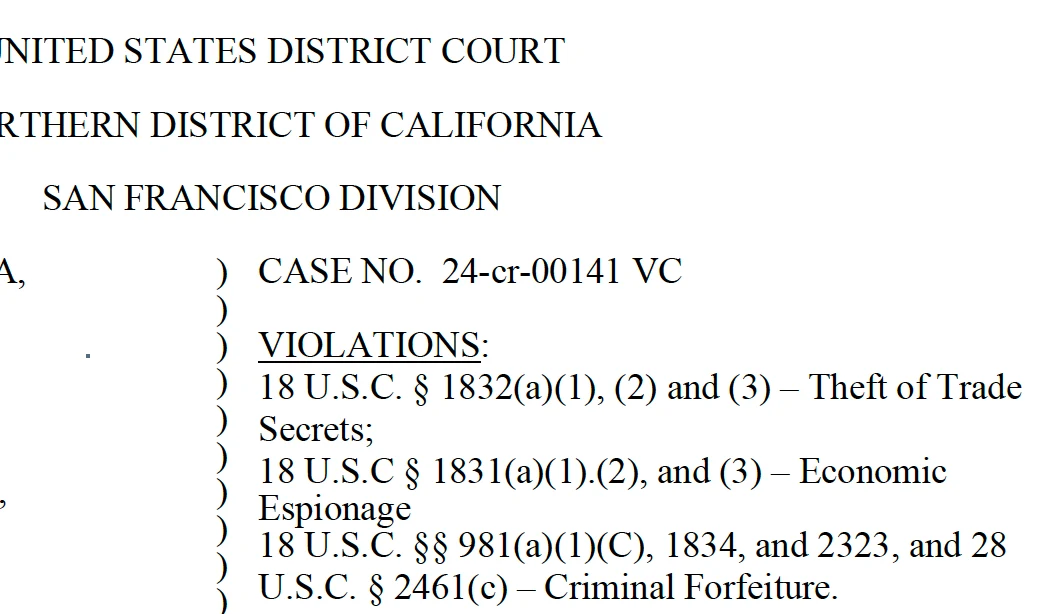
Aftermath of Trade Secrets Theft – What to investigate

The suitcases of a former Google software engineer were packed. Then federal agents knocked on his door.
Inside his home, investigators said that they found pieces of a brazen Silicon Valley corporate espionage scheme: more than 500 stolen files containing Google’s sensitive AI technology. They alleged that the suspect secretly advised Chinese companies on the very innovations he was helping to build.
His one-way ticket to Beijing was dated just days away. That timing was no coincidence, prosecutors said. It was an escape plan in the making, thwarted only by surveillance from the Feds that had closed in around him.
The Google case raises a question that keeps lawyers and company executives up at night. What if your company’s most valuable asset walks out the door. Not necessarily a top hire or a big client, but the secret sauce that makes a business worth billions?
Clients come to us with trade secrets investigations, which combine traditional sleuthing work and cutting-edge digital forensics.
Often clients have already identified the former employee who has taken their intellectual property. They come to us needing answers to questions. Where is the suspect now? What are they doing with the stolen information? Who are they meeting with and where are they going throughout the day? And, what can be done to prevent further damage?
A deeper dive can include:
- Whether the suspect has taken intellectual property with previous employers.
- Developing a comprehensive asset profile. That may include real estate holdings, business ownership interests, cars, and investment accounts that can help locate assets that may not be explainable by known income sources.
- Locating and interviewing people from past disputes to understand the suspect’s patterns and methods.
In another recent case involving a large electronics brand, investigators recovered “permanently deleted” files from a departing engineer’s laptop that contained proprietary manufacturing specifications. Those same files appeared in a competitor’s product launch six months later.
Digital forensics proved decisive in a pharmaceutical case where metadata analysis revealed that key research documents contained embedded references to a previous employer’s proprietary database systems, thus proving that the files had been copied rather than recreated.
Despite the digital nature of trade secrets, the human element is often essential. Physical surveillance remains a cornerstone, not in the Hollywood sense, but as a way to document patterns, meetings, and activities that might indicate ongoing trade secrets theft. The ultimate goal is often tactical, to position an investigator at the optimal moment to serve court papers.
Then, there’s trying to understand the “why” behind the theft. Human intelligence can reveal motivations through behavior patterns. Financial pressure, job dissatisfaction, ideological alignment with competitors, allegiance to a foreign intelligence service can all drive behavior and how to approach cases.
So, in sleepless nights, it’s possible that the asset may have already walked out the door. But with the right investigative team, that which may seem to be gone forever might still be recoverable, traceable, and ultimately, prosecutable.
Call for a free consultation at 415-905-0462.